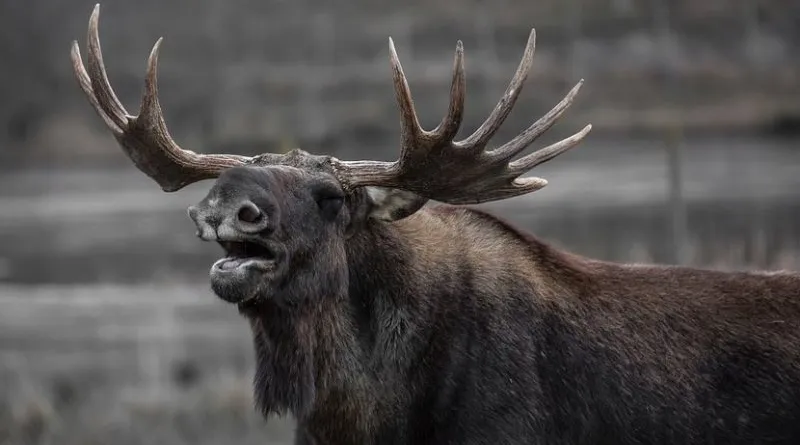In a captivating exploration utilizing cutting-edge global satellite data, a distinguished research team meticulously unveils the secret dance between large herbivores and the world’s protected areas. Elephants, bison, and moose take center stage, orchestrating a mesmerizing spectacle of tree cover dynamics.
This groundbreaking study, published in the esteemed scientific journal One Earth, unfolds an ecological tapestry where regions boasting diverse megafauna reveal a symphony of variability in tree cover—a boon for biodiversity. Lanhui Wang, a researcher at Lund University, shares the excitement, “Our discoveries paint a vivid story of how these large herbivores sculpt the world’s natural landscapes. While the tree cover may seem scattered, the diversity is a crescendo that echoes louder than in herbivore-free realms.”
Jens-Christian Svenning, the study’s senior maestro from Aarhus University, guides us through the global analysis, highlighting the profound link between the sheer biomass of large herbivores and the intricate ballet of tree cover diversity. The spotlight shines on browsers and mixed-feeders like elephants, bison, and moose, casting a spell that’s particularly enchanting in more temperate climes.
The study casts megafauna as virtuoso guardians, crafting a vibrant habitat tapestry that embraces countless other species. It’s a performance fueled by the herbivores’ dual prowess—gobbling up greenery and leaving a mark through physical disturbances.
But this is more than just nature’s theater; it’s a call to action. Lanhui Wang urges us to weave these findings into the very fabric of restoration and conservation strategies. It’s not merely about the well-being of these majestic animals; it’s about acknowledging their pivotal role as landscape architects in the grand design of biodiversity. A role, the researchers argue, that is underappreciated in current conversations around sustainable land management and ecosystem restoration.
As global initiatives intensify their efforts against climate change and biodiversity loss, these findings invite us to a more nuanced discourse. “Our discoveries underscore the need for a richer dialogue about ecosystem management and conservation,” Wang insists, urging us to acknowledge the megafauna’s ecological impact in these crucial discussions.
In a decade hailed by the UN as the era of ecosystem restoration, with 115 countries committing to rejuvenate up to 100,000 square kilometers of nature, Wang suggests a key player is missing: wild-living large herbivores. “To fulfill the UN goals, we must champion the protection and conservation of these giants. Megafauna are the architects of tree cover, fostering carbon sequestration and a myriad of habitats,” Wang concludes, leaving us with the vision of a planet where these ecological virtuosos take center stage in the grand symphony of restoration.
